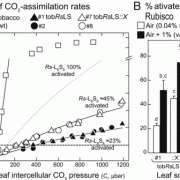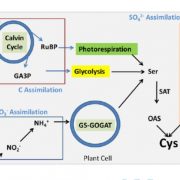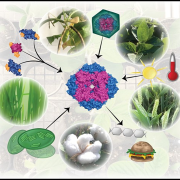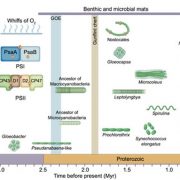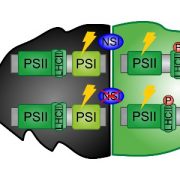Survival of the kleptoplasts (Front. Ecol. Evol.)
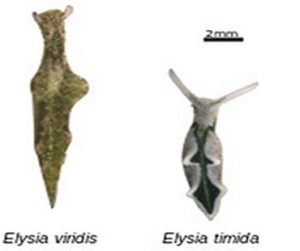 How chloroplasts remain viable inside of herbivorous sea slugs is a long-standing curiosity. Unlike corals, which host intact photosynthetic algae, sea slugs retain naked chloroplasts (which are then called kleptoplasts – stolen plastids), some of which remain viable for seveal weeks. Christa et al. explored how kleptoplasts from diverse algal species survive without the support of a photosynthetic nucleus. The authors investigated the possibility that some kleptoplasts retain the ability to replace photodamaged D1 protein of photosystem II, due to the presence of a plastid-encoded FTSH protease involved in this process. However, the authors determined that the plastid-encoded protein from most sea slug algal food sources lacks a crucial FTSH domain needed for this repair mechanism, that D1 protein replacement is not the basis for kleptoplast longevity in most species, and that many questions remain unanswered about this intriguing system. (Summary by Mary Williams) Frontiers Ecol. Evol. 10.3389/fevo.2018.00121
How chloroplasts remain viable inside of herbivorous sea slugs is a long-standing curiosity. Unlike corals, which host intact photosynthetic algae, sea slugs retain naked chloroplasts (which are then called kleptoplasts – stolen plastids), some of which remain viable for seveal weeks. Christa et al. explored how kleptoplasts from diverse algal species survive without the support of a photosynthetic nucleus. The authors investigated the possibility that some kleptoplasts retain the ability to replace photodamaged D1 protein of photosystem II, due to the presence of a plastid-encoded FTSH protease involved in this process. However, the authors determined that the plastid-encoded protein from most sea slug algal food sources lacks a crucial FTSH domain needed for this repair mechanism, that D1 protein replacement is not the basis for kleptoplast longevity in most species, and that many questions remain unanswered about this intriguing system. (Summary by Mary Williams) Frontiers Ecol. Evol. 10.3389/fevo.2018.00121


